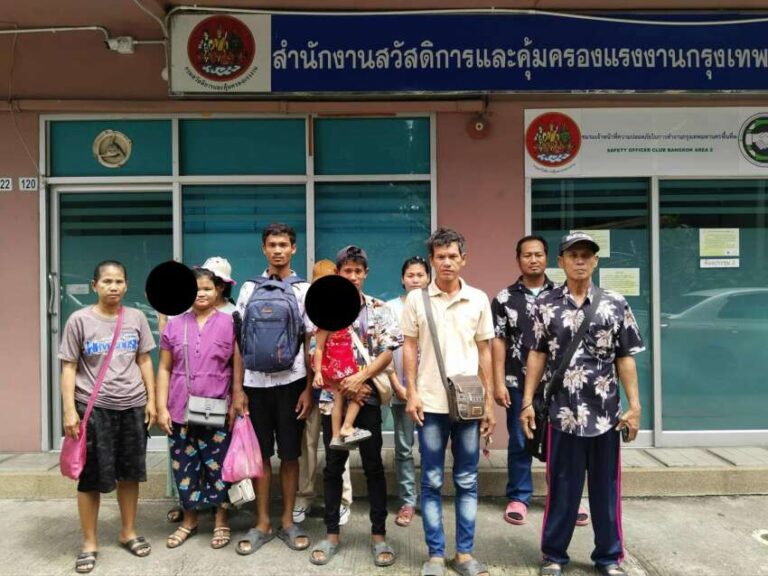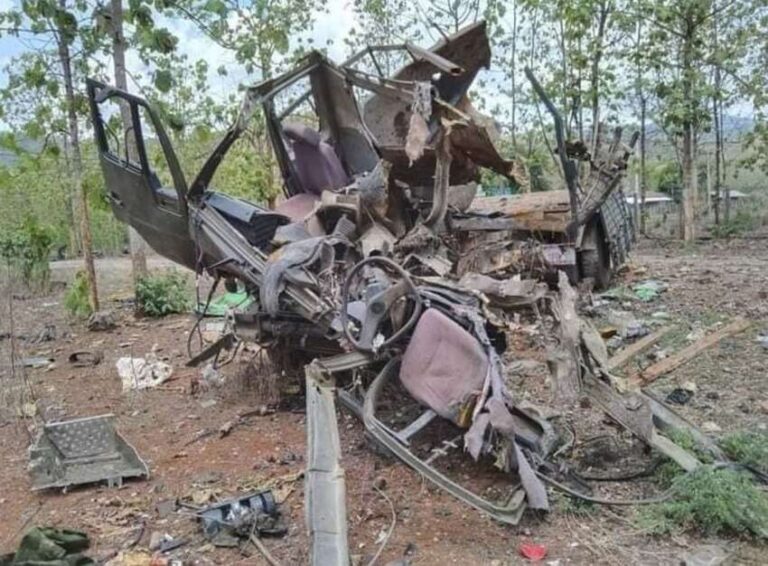
In response to an increasingly complex global landscape marked by geopolitical tensions, climate change, and technological threats, the European Union (EU) has unveiled a comprehensive Preparedness Union Strategy. This initiative is designed to enhance the EU’s resilience and readiness to address a broad spectrum of potential crises, ranging from natural disasters to cyber-attacks and armed conflicts.
Key Components of the Preparedness Union Strategy
- Establishment of a Crisis Management Agency: The EU plans to create a dedicated body responsible for overseeing crisis preparedness and response. This agency will coordinate efforts across member states, ensuring a unified and efficient approach to various emergencies.
- Promotion of Citizen Preparedness: Recognizing the vital role of informed and prepared citizens, the EU encourages individuals to assemble emergency kits containing essentials such as food, water, medications, and communication devices. This initiative aims to ensure that citizens can sustain themselves for at least 72 hours during a crisis.
- Protection of Essential Services: The strategy emphasizes safeguarding critical infrastructure and services, including healthcare, transportation, and energy supplies. Ensuring the continuity of these services during emergencies is deemed crucial for societal stability.
- Enhanced Coordination and Cooperation: The EU aims to improve coordination among member states, fostering collaboration between civilian and military entities. Regular joint exercises and simulations are planned to strengthen this cooperation, ensuring a swift and effective response to crises.
- Strengthening Public-Private Partnerships: Acknowledging the importance of private sector involvement, the strategy seeks to bolster collaboration between public authorities and private entities. This partnership is essential for resource mobilization and effective crisis management.
- Development of Rapid Deployment Capacities: The EU is enhancing its military readiness through initiatives like the EU Rapid Deployment Capacity, which includes the EU Battlegroups. These units are designed to respond swiftly to emerging threats, ensuring the security of EU territories.
- Collaboration with External Partners: Recognizing that crises often transcend borders, the EU is strengthening partnerships with external entities, including NATO and neighboring countries. This collaboration aims to ensure a cohesive and coordinated response to cross-border threats.
Conclusion
The EU’s Preparedness Union Strategy represents a proactive and multifaceted approach to crisis management, emphasizing prevention, coordination, and resilience. By integrating these measures, the EU aims to safeguard its citizens and maintain stability in the face of diverse and evolving challenges.





